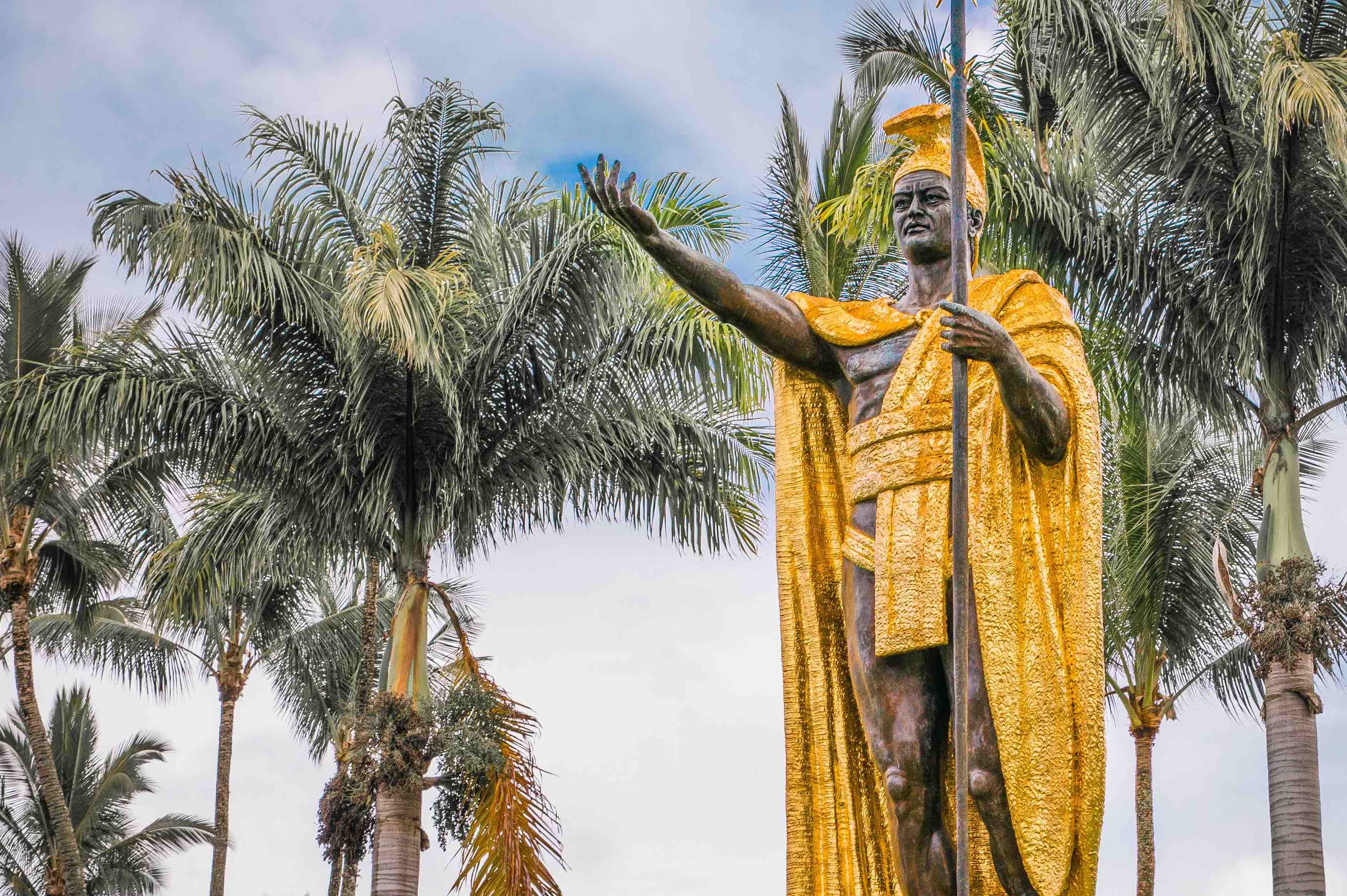Americans have heard the phrase “unprecedented times” used countlessly to describe the past eight months of COVID-19. But times are not so unprecedented in Hawaii.
Their first known public health measure took place in 1836 to fight the spread of smallpox, brought to the islands with the arrival of European explorers. What followed were many other public health efforts to prevent the shrinking Hawaiian population from dwindling even further. Current pandemic prevention measures come after a legacy of indigenous leadership’s stalwart dedication to its people and their health.
Princess Kalani Ahumanu i Kaliko o Iwi Kauhipua o Kīna’u, who was Kuhina Nui (a now nonexistent position in Hawaii’s government) in 1836, ordered all ships entering Hawaii to be inspected for smallpox.
If anyone was found onboard to be sick, “that ship was to be placed under quarantine. A yellow flag was to be raised. No one was allowed to disembark. This was probably the most effective way of dealing with epidemics,” said Dr. Ben Young, the former dean of students at the University of Hawaii medical school and the physician on board for the 1976 maiden voyage of the Polynesian voyaging canoe Hōkūle’a.
Cholera, or ma’i ‘ōku’u, which arrived in Hawaii in 1804 and “start[ed] the initial portion of the [Hawaiian] population collapse,” was the first foreign disease in Hawaii that inspired a local intervention.
Image Source: benoitb
Similar orders, such as laws banning inter-island travel and quarantining the sick, soon followed to help contain the spread of European diseases like cholera, the mumps, and whooping cough. By the mid-19th century, the Kingdom of Hawaii began mandating vaccination for certain diseases, collecting vital statistical data, and instituting the first board of health – the first organized health effort of its kind in the entire current U.S. territory.
Despite the kingdom’s efforts, a continuous string of infectious disease from Europeans that lasted for more than 50 years reduced the native population from an estimated 700,000-800,000 people in 1778 to about 40,000 in 1890. This was approximately “a 90 percent reduction of the population,” and a “devastation,” according to Hawaiian history scholar and writer Ron Williams, Jr.
Visitors to Hawaii in current times have felt a lack of aloha from Native locals, as the latter are rightfully concerned about contracting COVID-19 from outsiders.
Image Source: FatCamera
In present times, visitors to Hawaii have complained about the lack of aloha (a versatile Hawaiian word that in this case means “love” or “affection”) from locals, particularly Native Hawaiians, fearing the spread of COVID-19. “Residents insist that visitors show their aloha by leaving,” writes Doug Herman in an article for Smithsonian Magazine. Truly, visitors would do well to take such advice, if only to respect Native Hawaiians’ legacy of survival in the face of devastating epidemics brought to the islands by outsiders.
Feature Image Source: © shanemyersphoto / Adobe Stock.










